
PhD defense
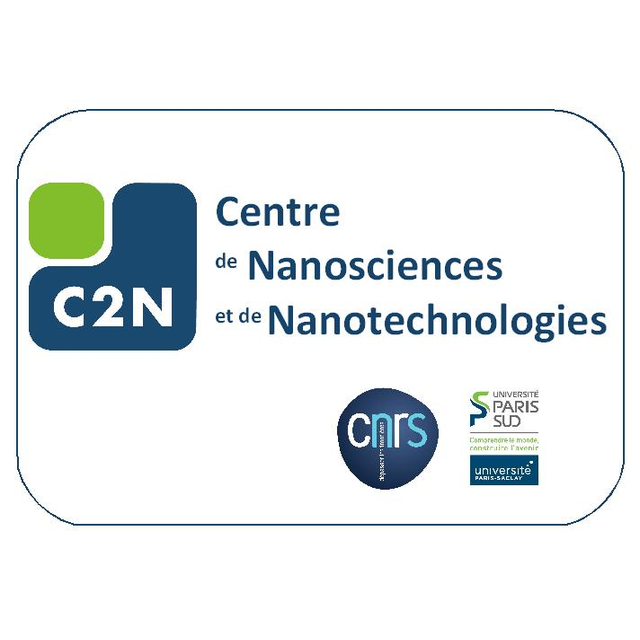
(in french)
Institut Photovoltaïque d'Île-de-France Paris-Saclay, Amphithéatre, PalaiseauPhD defense
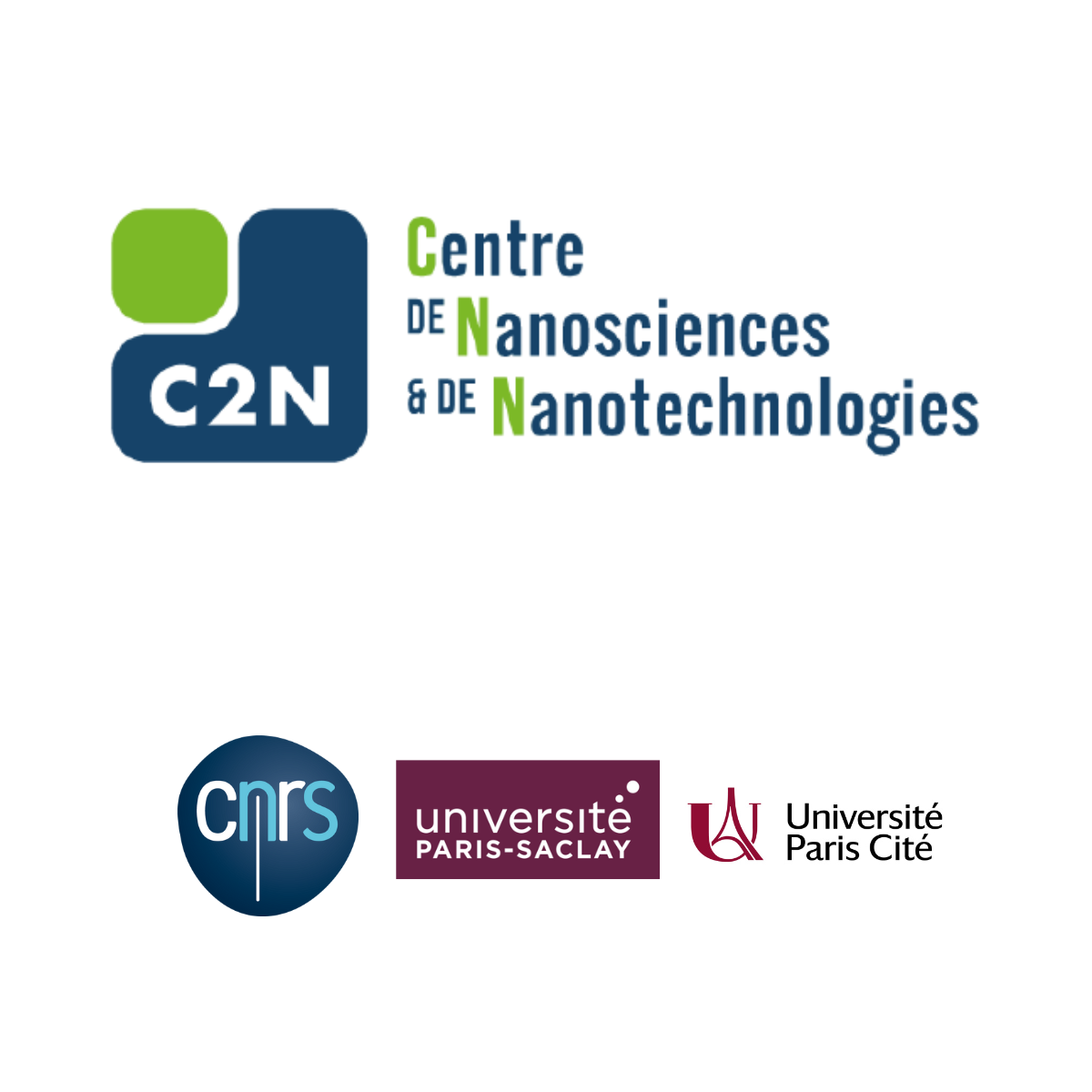
Mid-Infrared Detectors and THz Devices in the Strong Light-Matter Coupling Regime
Institut d'optique Graduate School, Auditorium, PalaiseauPhD defense
Membres du jury:
Roland TESSIER Professeur Institut d'Electronique et des Systemes (IES) UMR 5214 Examinateur
Gottfried STRASSER Professeur Technishe Universität Wien, Institut für Festkörperelektronik Rapporteur
Raffaele COLOMBELLI Directeur de Recherche Centre de Nanosciences et Nanotechnologies (C2N) UMR 9001 Directeur de
thèse
Jean-Michel MANCEAU Chargé de Recherche Centre de Nanosciences et Nanotechnologies (C2N) UMR 9001 Examinateur
Stefano BARBIERI Directeur de Recherche Institut d'Electronique, de Microelectronique et de Nanotechnologie
UMR 8520 Rapporteur
Sukhdeep DHILLON Directeur d'études Laboratoire Pierre Aigrin UMR 8551 Examinateur
Virginie TRINITÉ Ingénieur de Recherche III-V Lab Thales Examinateur
Résumé :
After fifteen years of intersubband polaritons development some of the peculiar properties of these quasi-particles are still cryptic. A
deeper comprehension of the polariton’s is needed to access their fundamental properties and reassess their applicative potential as
efficient emitters or detectors in the mid-infrared and THz.
In this manuscript we used Metal-Insulator-Metal (M-I-M) cavities with a top metal periodic grating as a platform to deepen the
understanding of ISB polaritons. The advantages of M-I-M are twofolded: first they confine the $TM_{00}$ mode, second the dispersion
of the cavity -over a large set of in-plane wave-vectors- offers various experimental configurations to observe the polaritons
in both reflection and photo-current. Under this scope we reexamined the properties of ISB polaritons in the mid-infrared and in the
THz.
In the first part we explore the implementation of dispersive M-I-M cavity onto THz intersubband transition. In the THz domain the
scattering mechanisms of the THz ISB polaritons need to be qualified. The dispersive cavity is a major asset to study these mechanisms
because it provides more degrees of freedom to the system. For this purpose, we fabricated a new experimental set-up to
measure the polariton dispersion at liquid Helium temperature. After the characterization of the polaritons in reflectivity, a pumpprobe
experiment was performed on the polariton devices.
The second part of this manuscript presents the implementation of M-I-M dispersive cavities onto a bound-to-quasi-bound quantum
well infrared photo-detector designed to detect in strong coupling. Beyond electrical probing of the polaritons, the strong coupling
can disentangle the frequency of detection (Edetection= hfdetection) from the thermal energy activation (Eactivation) and reduce the
dark current at a given frequency.
In parallel to the exploration of THz polaritons we developed two techniques in order to shorten the pulses of THz quantum cascade
lasers in a double metal waveguide: first by increasing the spectral gain of the active region (broad band), second by reducing the
free spectral range (anti-reflection coating).
Mots clés en français : Hétérostructure photonique,Polariton,Inter-sous bande,Laser,Couplages Faible/Fort,Fréquence de Rabi
Mots clés en anglais : Graded photonic heterostrucutre,Polariton,Inter-sub band,Laser,Weak/Strong coupling,Rabi frequency

(in french)
Institut d'Optique, Auditorium, PalaiseauPhD defense
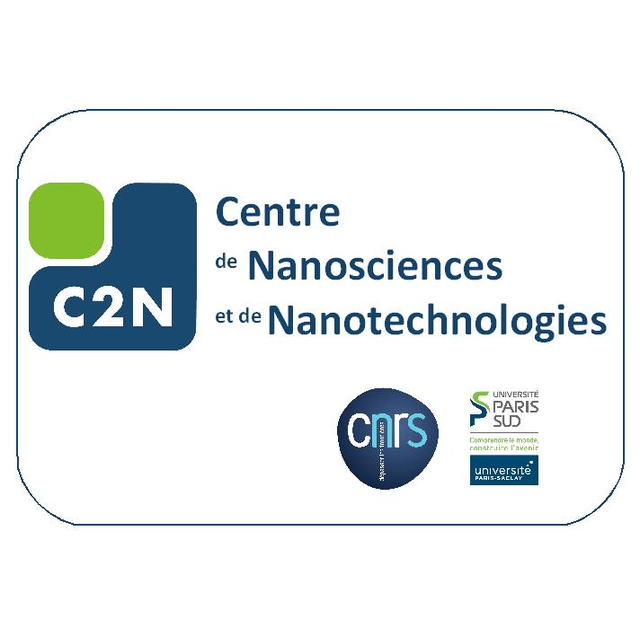
Design and Development of new logic circuits based on spin field-effect transistor”
Centre d'intégration Nano-INNOV du Bât 862, Amphithéatre, PalaiseauPhD defense
Jury members :
Cristell MANEUX, Professeur, Bordeaux University - Rapporteur
Lionel TORRES, Professeur, University of Montpellier - Rapporteur
Weisheng ZHAO, Professeur, Beihang University - Examinateur
Jacques-Olivier KLEIN, Professeur, Université Paris Saclay - Directeur de thèse
Dafiné RAVELOSONA, Directeur de Recherche, Université Paris Saclay - Examinateur
Sébastien LE BEUX, Associate Professor, École Centrale de Lyon - Examinateur
Abstract :
The development of Complementary Metal Oxide Semiconductor (CMOS) technology drives the revolution of the integrate circuits (IC) production. Each new CMOS technology generation is aimed at the fast and low-power operation which mostly benefits from the scaling with its dimensions. However, the scaling will be influenced by some fundamental physical limits of device switching since the CMOS technology steps into sub-10 nm generation. Researchers want to find other ways for addressing the physical limitation problem. Spintronics is one of the most promising fields for the concept of non-charge-based new IC applications. The spin-transfer torque magnetic random access memory (STT-MRAM) is one of the successful spintronics-based memory devices which is coming into the volume production stage. The related spin-based logic devices still need to be investigated. Our research is on the field of the spin field effect transistors (spin-FET), one of the fundamental spin-based logic devices. The main mechanism for realizing a spin-FET is controlling the spin of the electrons which can achieve the objective of power reduction. Moreover, as spin-based devices, the spin-FET can easily combine with spin-based storage elements such as magnetic tunnel junction (MTJ) to construct the “non-volatile logic” architecture with high-speed and low-power performance. Our focus in this thesis is to develop the compact model for spin-FET and to explore its application on logic design and non-volatile logic simulation.
Firstly, we proposed the non-local geometry model for spin-FET to describe the behaviors of the electrons such as spin injection and detection, the spin angle phase shift induced by spin-orbit interaction. We programmed the non-local spin-FET model using Verilog-A language and validated it by comparing the simulation with the experimental result. In order to develop an electrical model for circuit design and simulation, we proposed the local geometry model for spin-FET based on the non-local spin-FET model. The investigated local spin-FET model can be used for logic design and transient simulation on the circuit design tool.
Secondly, we proposed the multi-gate spin-FET model by improving the aforementioned model. In order to enhance the performance of the spin-FET, we cascaded the channel using a shared spin injection/detection structure. By designing different channel length, the multi-gate spin-FET can act as different logic gates. The performance of these logic gates is analyzed comparing with the conventional CMOS logic. Using the multi-gate spin-FET-based logic gates, we designed and simulated a number of the Boolean logic block. The logic block is demonstrated by the transient simulation result using the multi-gate spin-FET model.
Finally, combing the spin-FET model and multi-gate spin-FET model with the storage element MTJ model, the “non-volatile logic” gates are proposed. Since the only pure spin signal can reach to the detection side of the spin-FET, the MTJ receives pure spin current for the spin transfer. In this case, the switching of the MTJ can be more effective compared with the conventional MTJ/CMOS structure. The performance comparison between hybrid MTJ/spin-FET structure and hybrid MTJ/CMOS structure are demonstrated by delay and critical current calculation which are derived from Landau-Lifshitz-Gilbert (LLG) equation. The transient simulation verifies the function of the MTJ/spin-FET based non-volatile logic.
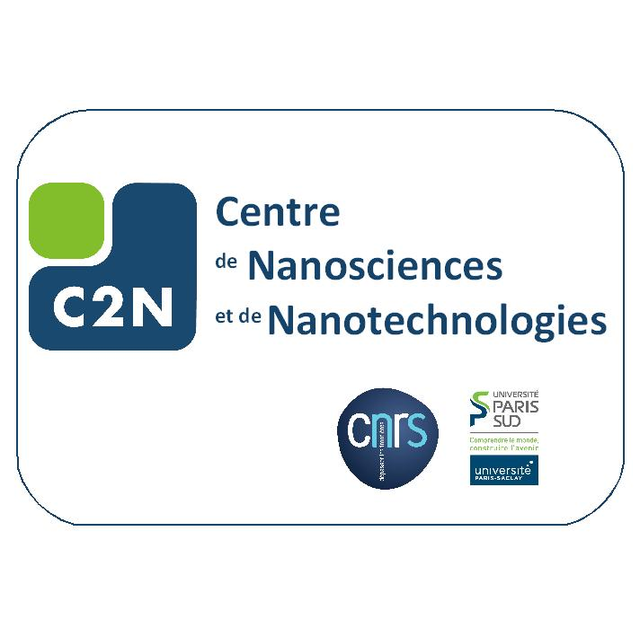
(in french)
Amphithéâtre de l'IPVF (Institut Photovoltaïque d'Ile-de-France), Amphithéatre, PalaiseauPhD defense
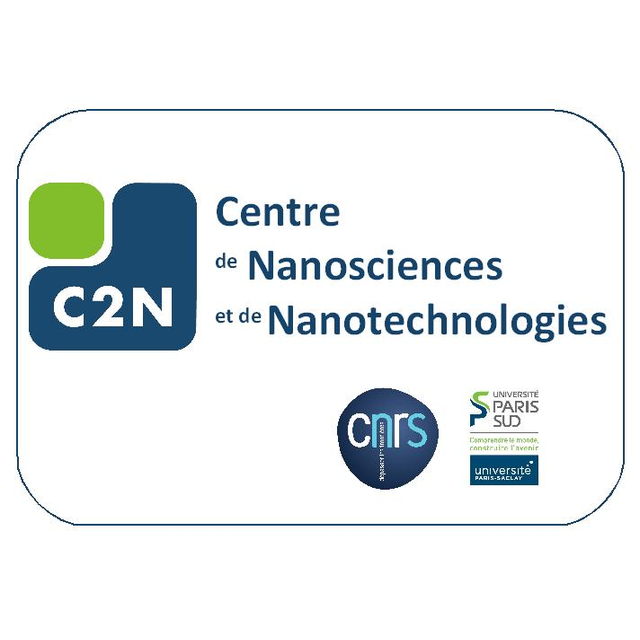
(in french)
Institut de Biologie Intégrative de la Cellule Bâtiment 430 Salle E. LEDERER, Salle E. LEDERER, Gif sur YvettePhD defense
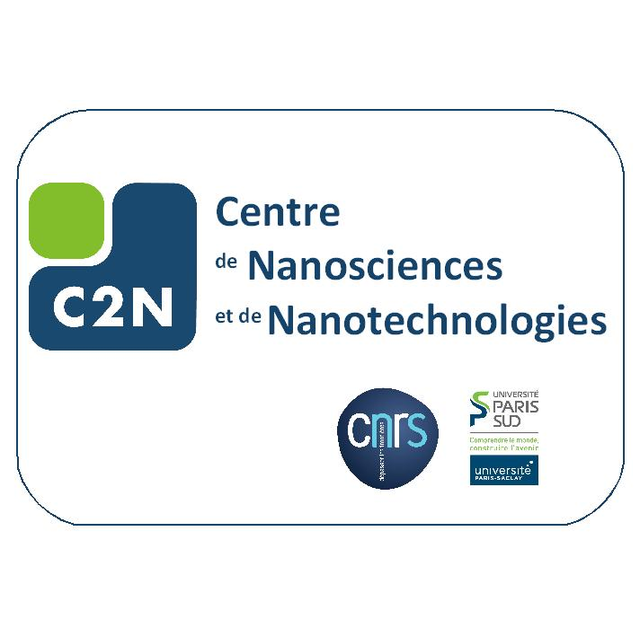
(in french) Application of the concept of Parity-Time symmetry to integrated optics.
IOGS, Auditorium, PalaiseauPhD defense
The development of photonics during the past decades, enabled by the advent of nanofabrication
technologies, witnessed the appearance of new types of artificial materials such as photonic crystals,
metamaterials, plasmonic circuits, and more recently the so called “PT symmetry” structures. The characteristic feature of this new type of artificial structures is that though they are described by non-Hermitian Hamiltonians their eigenvalues can still be real. In optics, several physical phenomena are known to obey equations that are formally equivalent to that of Hamiltonians in quantum mechanics.
During this work, we investigated the design, fabrication and characterization of complex-coupled DFB lasers, with the intent to apply Parity-Time (PT) symmetry to a practical device. The mode selectivity inside the cavity is brought by the combination of a gain-coupled and indexcoupled Bragg grating, under the form of respectively a corrugated waveguide and a metallic absorbing surface grating.
Through the simulation of the mode evolution inside conventional DFB lasers and complexe-coupled DFB lasers using Ables matrix method, the advantages of efficient mode filtering while keeping a low threshold current was observed. The specific phase shift of a quarter period, matching the PT-symmetric configuration, is found to show highly asymmetric mode selection, with unidirectional amplification in reflection.
Index, gain and complex-coupled DFB lasers with different phase shifts between loss and index grating profiles were fabricated, using photonics integrated circuits fabrication building blocks: electron beam lithography and induced coupled plasma dry etching to name but a few.
The characterization of the fabricated lasers shows a reduction in threshold compared to equivalent third order gain-coupled DFB lasers, and improved monomode operation and yield compared to third order index-coupled DFB lasers.
Real and imaginary parts of the index modulation as well as reflection spectral response was investigated by external optical probing of the laser cavities. The resistance of the CC DFB lasers to external optical feedback was studied. If results show an apparent correlation between the gratings phase shift and the feedback resistance, but no significant improvement was found with regards to IC DFB lasers.
This first milestone on the application of PT-symmetry to the design and fabrication of DFB lasers provide interesting prospects on the improvement of existing technologies. This work reinforces the interest of this concept for the design of feedback tolerant DFB lasers, and their integration in an all PT-symmetric laser-modulator system.
Keywords : Nanophotonics, photonics, nanotechnology, integrated optics, parity-Time symmetry, DFB lasers.
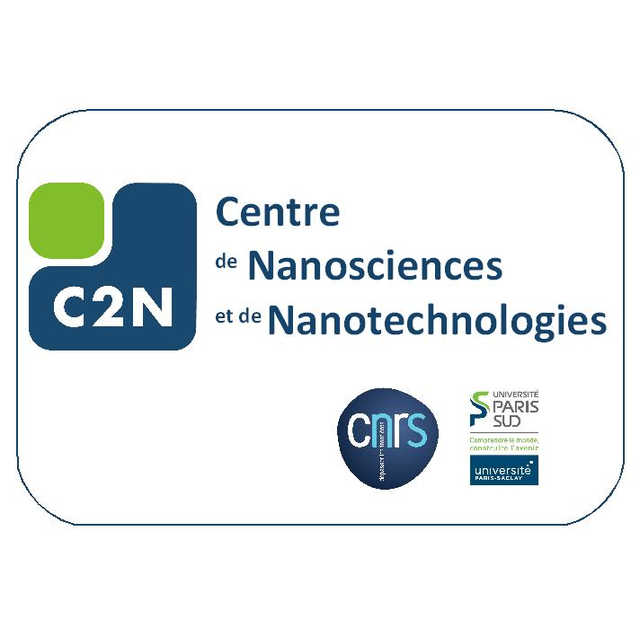
Polariton quantum fluids in 1D synthetic lattices: localization, propagation and interactions
IPVF, Amphithéatre, PalaiseauPhD defense
Composition du Jury:
Anna MINGUZZI, Directrice de Recherche, Univ. Grenoble-Alpes, Rapporteur
Daniele SANVITTO, Senior Researcher, CNR Nanotec, Lecce (Italie), Rapporteur
Antoine BROWAEYS, Directeur de Recherche, Institut d'Optique, Examinateur
Quentin GLORIEUX, Maître de conférences, Univ. Paris-Diderot, Examinateur
Päivi TÖRMÄ, ProfesseurAalto University (Finlande), Examinatrice
Jacqueline BLOCH, Directrice de Recherche, C2N, Directrice de thèse
Alberto AMO, Chargé de Recherche, Univ. Lille, Invité
Semiconductor microcavities have emerged as a powerful platform for the study of interacting quantum fluids. In these cavities, light and electronic excitations are confined in small volumes, and their coupling is so strongly enhanced that optical properties are governed by hybrid light-matter quasiparticles, known as cavity polaritons. These quasiparticles propagate like photons and interact with their environment via their matter part. They can macroscopically occupy a single quantum state and then behave as an extended coherent nonlinear wave, i.e. as a quantum fluid of light.
In this thesis, we study the nonlinear dynamics of polariton quantum fluids in various one-dimensional microstructures. The possibility to etch microstructures out of planar cavities, a technology developed at C2N, allows full engineering of the potential landscape for the polariton fluid, and implementing complex geometries. In a first part, we have studied the localization properties of the eigenstates in synthetic quasiperiodic lattices. Theoretical exploration of the localization phase diagram revealed a novel delocalization-localization transition in an original deformation of a quasicrystal and we have experimentally evidenced this transition. A second part of the thesis is dedicated to the study of the nonlinear dynamics of two counterpropagating polariton fluids in a one-dimensional channel. The interplay between kinetic and interaction energy is responsible for the formation of dark solitons, whose number and position can be controlled by optical means. We have evidenced a bistable behaviour controlled by the phase twist imprinted on the two fluids. The last part of this work addresses the study of nonlinearities for a fluid injected in a flat band. Therein, the kinetic energy of the fluid is quenched, so that propagation is frozen. We then observe the formation of nonlinear domains with quantized size.
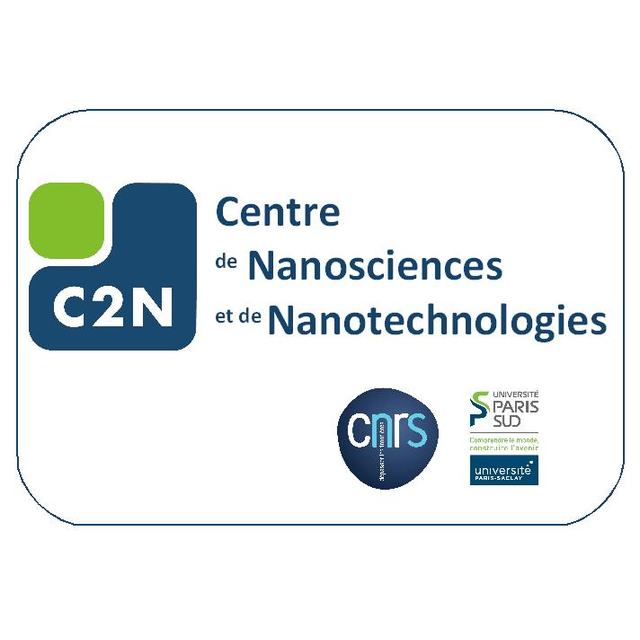
Elaboration of GaAs solar cells based on textured substrates on glass
Institut Photovoltaïque d'Île-de-France Paris-Saclay, Amphithéatre, PalaiseauPhD defense
Jury members :
Ludovic DESPLANQUE, Maître de conférences, IEMN, Rapporteur
Fabrice SEMOND,Directeur de recherche,CRHEA,Rapporteur
Paola ATKINSON,Chargée de recherche,INSP,Examinatrice
Chantal FONTAINE, Directrice de recherche, LAAS, Examinatrice
Evelyne GIL, Professeur des universités, Institut Pascal, Examinatrice
Frank GLAS, Directeur de Recherche, C2N,Directeur de thèse
Fabrice OEHLER, Chargé de Recherche, C2N, Co-directeur de thèse
Phanara AING, Responsable R&D, RIBER, Co-directeur de thèse
Abstract :
The increasing demand for clean energy has driven research toward higher efficiency and lower cost solar cells. Gallium Arsenide solar cells detain the record efficiency for single junction but the high cost of the substrate limits their applications. In this thesis, we investigate an alternative GaAs substrate based on a low-cost silica support coated by a thin (20nm) Germanium layer. The latter is near lattice-matched to GaAs and the layer can be crystallized with a high (111) texture using Metal Induced Crystallization (MIC). However this requires a carefully optimization of the deposition and annealing parameters. Here, we use a specially designed in situ optical microscope to optimize the annealing sequence. In particular, we identified two crystallization pathways, of which one should be minimized to obtain a good (111) crystalline texture. We then perform the heteroepitaxy of GaAs on this Ge seed layer using Molecular Beam Epitaxy, keeping the initial (111) crystal texture. We identify specific growth conditions for the twin- and defect-free growth of GaAs on Ge(111) surfaces. We also observe the growth of GaAs (111)A polarity on Ge (111) rather than the expected (111)B orientation. Finally, we fabricate (111) oriented GaAs solar cells with 15,9% efficiency on monocrystalline GaAs(111)B substrate. The transfer to standard Ge(111) monocrystalline wafers and to our Ge-coated silica pseudo-substrates reveals doping issues related to the (111)A orientation of the GaAs, as well surface roughening due to grain boundaries in the initial Ge seed layer.
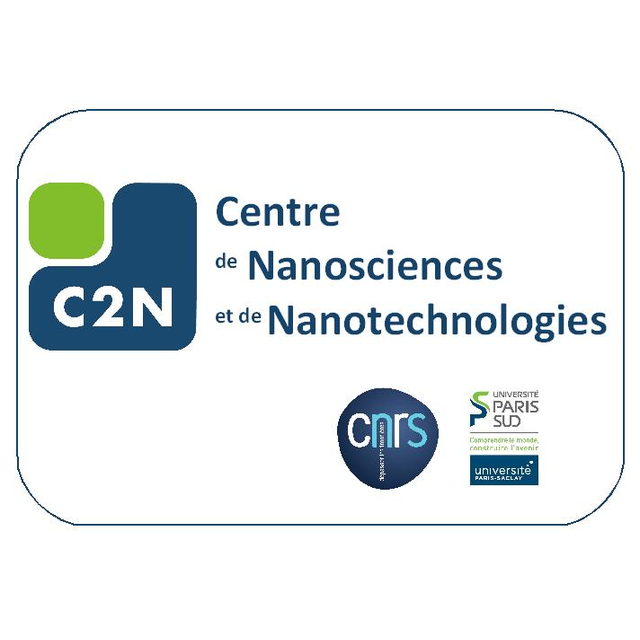
(in french)
Centre d'intégration Nano-INNOV, Amphithéatre, PalaiseauPhD defense